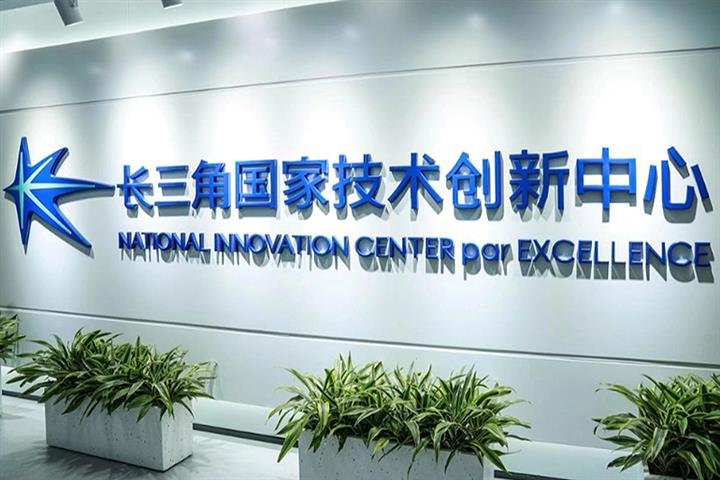 Yangtze River Delta Zone Is Raising Innovation Level, Speeding Up Integrated Development
Yangtze River Delta Zone Is Raising Innovation Level, Speeding Up Integrated Development(Yicai Global) Aug. 17 -- The Yangtze River Delta region, which made up almost a quarter of China’s total economic output last year, is steadily improving its technological innovation level and integrating the development among Shanghai and Zhejiang, Jiangsu, and Anhui provinces, Yicai Global learned from the Yangtze River Delta National Technology Innovation Center.
The Yangtze River Delta National Technology Innovation Center has been gathering innovative resources and has 87 research institutes specializing in advanced manufacturing, new materials, biomedicine, information technology, energy, and environmental protection, Tan Zongrui, deputy director of the center, told Yicai Global yesterday.
President Xi Jinping announced at the first China International Import Expo in November 2018 that the Yangtze River Delta integration strategy had been upgraded to the national strategic level. The zone's gross domestic product totaled CNY27.6 trillion (USD4.1 trillion) last year, making up 24.1 percent of the country’s GDP. Its investment in research and development took up 29.8 percent of the national total.
Set up in June last year, the Yangtze River Delta National Technology Innovation Center was jointly built by Shanghai, Jiangsu, Zhejiang, and Anhui. In 2022, it will establish three to four new research institutions for intelligent sensors, synthetic biology, and other areas, Tan added.
The center helps companies based in the region form cooperation agencies with research institutions to promote the implementation of research findings. There are 224 cooperation agencies in the region, and more than 20 new ones will be established this year to reach 1,000 in the future, according to Tan.
The Yangtze River Delta Region has clusters of companies in competitive industries, such as integrated circuits, biomedicine, and artificial intelligence. The scale of its IC industry accounted for 58.3 percent of China’s, and that of the biomedicine and AI industries made up around one-third of the country’s total, official statistics showed.
Communication device giant Huawei Technologies’ research and development center is one of the landmark projects in the Yangtze River Delta Integration Demonstration Zone. The main building of the center will be completed by the end of this month. Up to 40,000 researchers will work there to develop technologies in terminal chip, wireless network, and Internet of Things.
The ecological demonstration zone was set up in November 2019 and is around 2,300 square kilometers consisting of Shanghai’s Qingpu district, Wujiang district in Suzhou, a part of Jiangsu province, and Jiashan county in Jiaxing, Zhejiang province.
Editors: Dou Shicong, Futura Costaglione